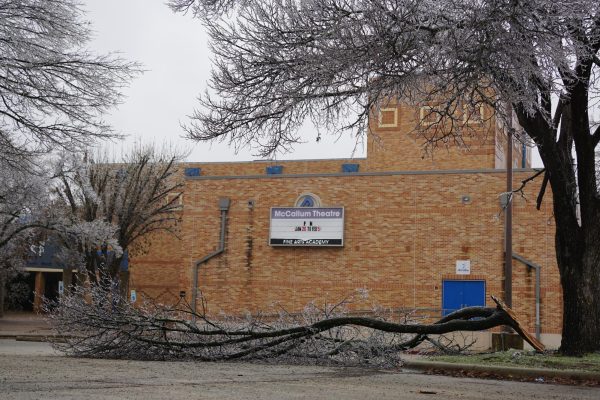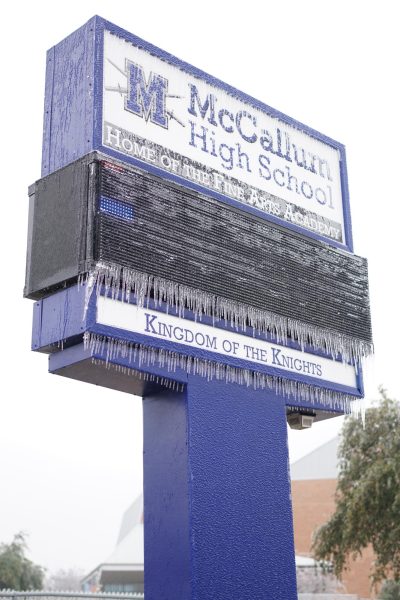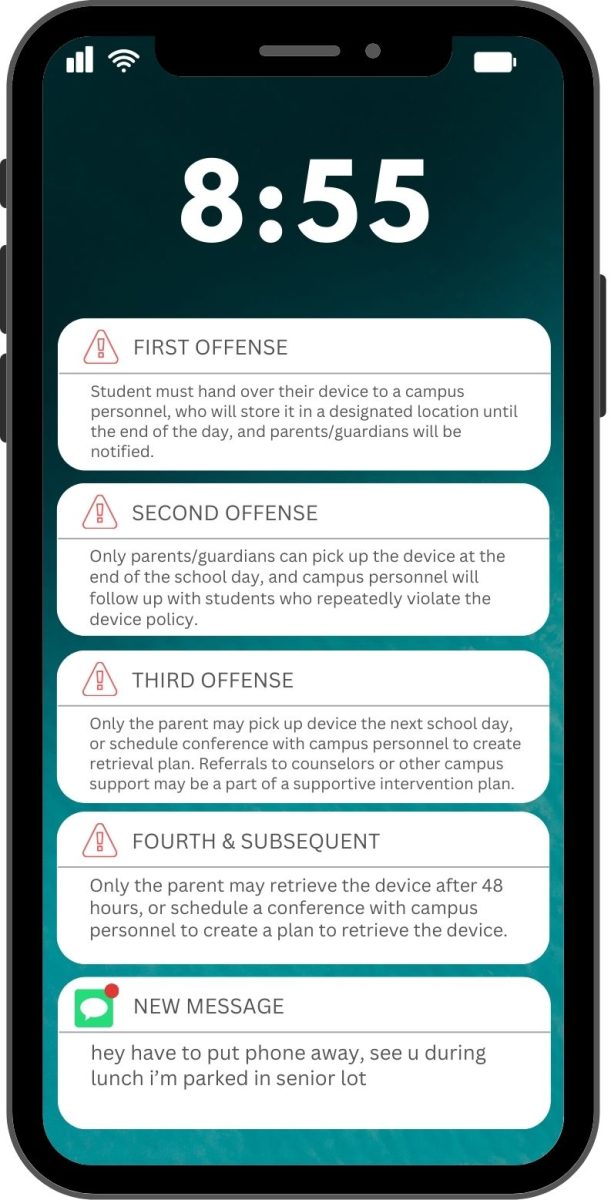Lately, winter weather in Austin has been a gamble, with everybody trying to predict whether it will be brisk and slightly chilly, or if we need to stock up on necessities again. This year, we can expect a chilly season contrasting from February 2023.
Last February Austin saw one of its coldest winters in the past few years. Power lines broke, water pipes froze and trees collapsed. Conditions for those without generators were unbearable.
Senior Clark Butler and his family, who live in Allendale, lost power during the February freeze.
“We were one of the last people to get power back,” Butler said. “It took nine days.”
The sub-freezing temperatures of last winter left many Austinites without electricity, water, and even a home. According to the Texas Tribune, the scramble for shelter and amenities for over 400,000 Texas electricity users was worse and more dangerous than predicted.

Following the February freeze, Austin experienced its hottest summer on record. Temperatures above 100 degrees Fahrenheit for weeks raised questions about climate change and other environmental issues.
After harsh conditions this past year, there were rumors of a winter so intense it would trump the weather of the ice storm last year. These conditions were predicted by the Farmer’s Almanac, which historically has less than perfect accuracy.
KXAN Chief Meteorologist David Yeomans, a Westlake graduate with a bachelor’s in meteorology from the University of Miami, said Austinites should not be worried about The Farmer’s Almanac’s prediction for severe winter weather this year.
“Their accuracy is not as good as most modern weather forecasts,” Yeomans said. “Our predictions for this winter are a strong El Nino pattern.”
According to Yeomans, the strong El Nino weather patterns indicate warmer water coming out of the Pacific, which should lead to cooler and wetter temperatures.
“When it comes to ice storms or epic winter storms like the past couple of winters, the chances of that should be lower this winter,” Yeomans said. “Even though El Nino means wetter weather, and it can mean cooler temperatures, there are fewer extreme cold outbreaks in an El Nino winter like this one.”
Students and residents like Butler are relieved by the news of a much calmer winter as opposed to an ice storm.
“I don’t want another ice storm,” Butler said. “I do wish it was colder this year, but I’m glad it’s not freezing.”
Even if the weather projections seem mellow this year, Yeomans said it is still important to be cautious, especially since the reliability of the power grid is substandard.

“It is wise to be ready to lose power for one or two days in case there is a bad cold snap that leads to rolling blackouts or an ice storm that brings down power lines,” Yeomans said.
According to him, preparing by purchasing gallons of water and non-perishable food, as well as stocking up on firewood, maybe a good, preventative decision.
The El Nino pattern is in effect this winter, but the baseline of climate change is always an influence on weather.
“Winters now are overall warmer than they used to be 50 or 60 years ago,” Yeomans said. “Research has shown that those coldest events are actually getting warmer as well.”
This means in the absence of climate change, February 2021 and 2022 would have been even colder since Austin is in its warmest year on record.
Sophomore Shoshana Witchel’s experience with ice storms is limited to the past two years of frosty Austin weather; however, she is relieved by the promise of calmer conditions.
“I’m glad my family won’t have to sleep on the floor like last time,” Witchel said. “It’s nice that it will be a more normal winter.”









Luella • Mar 5, 2024 at 1:39 pm
I thought this article and topic was cover very well.
cami v • Jan 18, 2024 at 2:12 pm
i agree that after thr harsh conditions this past year there was a change in the climate.